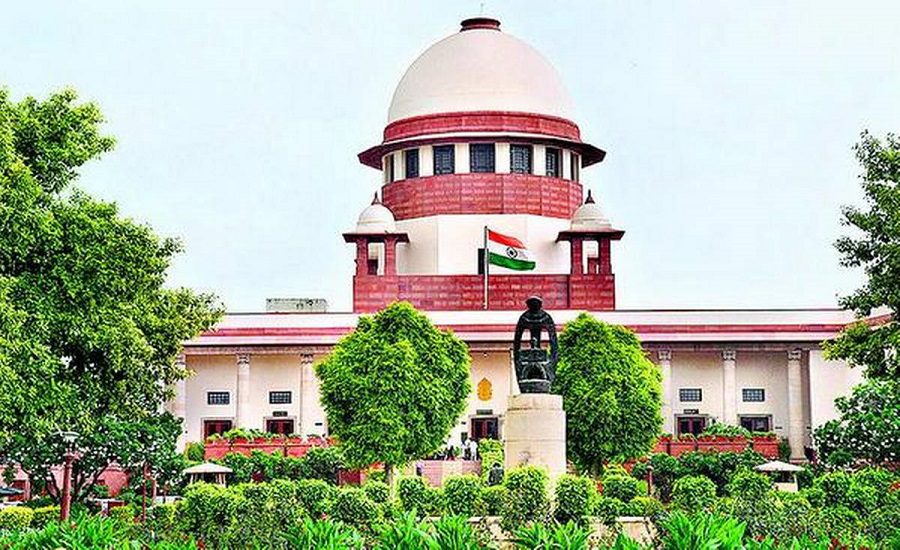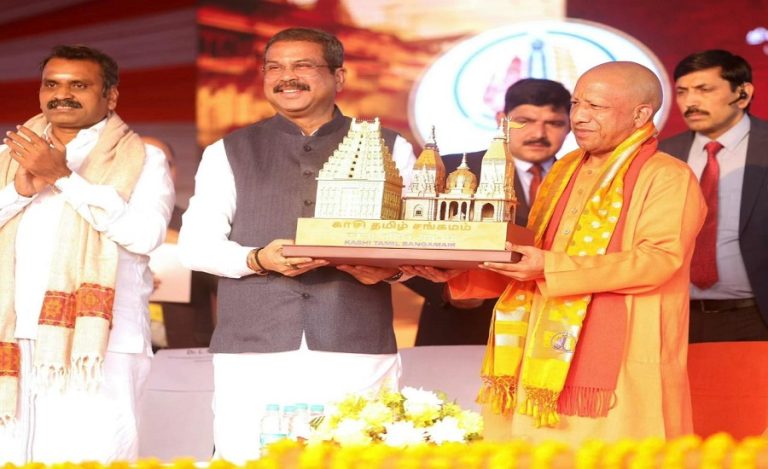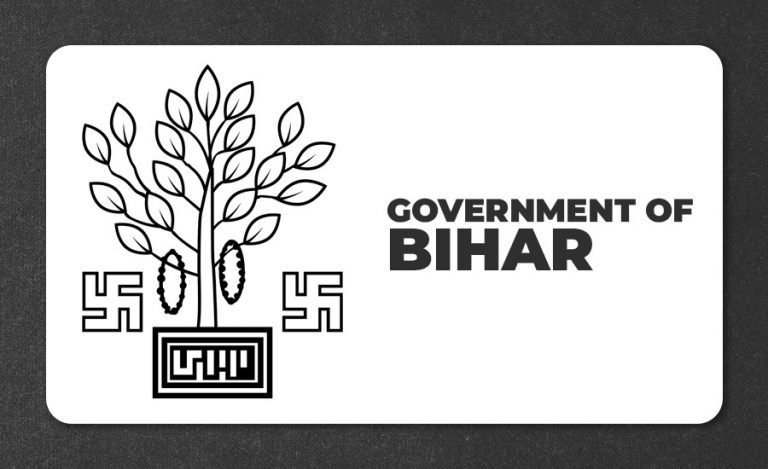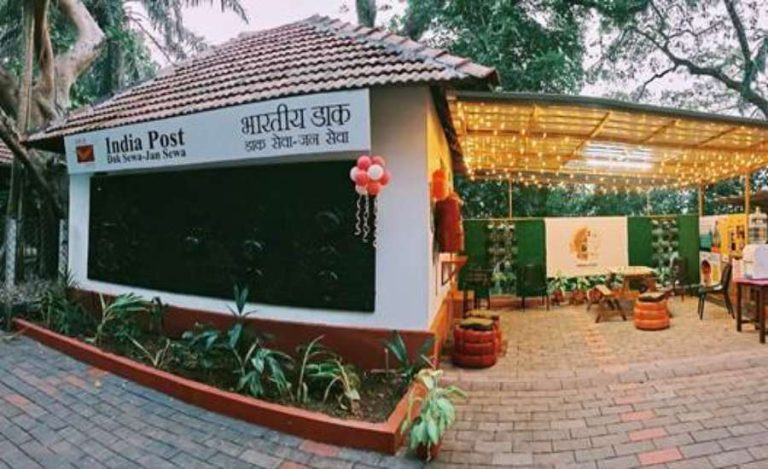New Delhi: The Supreme Court of India delivered a decisive judgment in the case of All India Judges Association vs. the Union of India, clarifying that no special quota or preferential weightage can be granted to judicial officers promoted from lower cadres (regular promotees) for appointment as District Judges or within the Higher Judicial Service (HJS).
Key Highlights of the Judgement on District Judge Quota Issue
- No separate classification, quota or weightage can be given solely on the basis of prior service as a Civil Judge (Junior Division/Senior Division) for promotion to HJS.
- The mere “heart-burn” of promoting slower progression is not a legal ground to create special categories.
- Seniority and fixation in the Selection Grade or Super Time Scale within HJS must be based on merit plus seniority within the cadre, and not on years served in the feeder cadre.
- Prior service as a Civil Judge cannot constitute an “intelligible differentia” to treat promoters differently.
- On entering HJS from different sources (Regular Promotees, LDCE, Direct Recruits), an officer loses the ‘birth-mark’ of their mode of entry; they must be treated as part of a common cadre.
- A model annual roster has been proposed: e.g., a 4-point repeating sequence (2 promotions → 1 LDCE → 1 direct recruit), to determine seniority in a transparent manner.
Read also: Big Setback for Govt Staff: Supreme Court Says Repaying Misused Funds Won’t Save You From Dismissal
- All States and Union Territories have been directed to incorporate these guidelines into their statutory service rules (in consultation with their High Courts) within three months.
- This ensures uniformity in seniority and promotion norms across the country.
Importance of the Supreme Court Ruling on District Judge Quota
- For decades, judicial officers entering service via the lower-judiciary route argued that their experience as civil judges should give them extra weightage or a separate quota when moving into District Judge posts or HJS.
- The SC observed there is no all-India evidence of direct-recruit judges overwhelmingly dominating HJS posts to justify quotas for promotions.
- The judgment marks a major reform in career progression norms for judges across States and Union Territories, signalling that once an officer enters the HJS, prior service in lower ranks loses relevance for seniority or selection grade considerations.
Key Implications
For judicial officers: Promotees must understand that their past service as Civil Judges will not automatically translate into extra seniority or selection grade advantages once they join HJS.
Performance within the HJS cadre now becomes far more critical than past years served in lower posts.
For State High Courts & cadre managers: High Courts must review and align their service rules, seniority lists and promotional rosters to comply with the SC’s guidelines.
Delays or inconsistency in implementing the roster could lead to legal challenges or career stagnation for officers.
For recruitment & judicial administration: The decision emphasises fairness and equality in the mode of entry into the HJS—regular promoters, LDCE candidates and direct recruits will all stand on a level playing field.
The new system may inspire younger judicial officers and lawyers to join the judiciary via all routes, addressing concerns about “bunching” or career-block issues.
Way Forward
- Monitor whether each State/UT actually updates service rules within the given timeframe and publishes the revised seniority rosters.
- Keep an eye on litigation arising out of seniority or promotion disputes, especially from officers who believe they may have been disadvantaged under the old system.
- Watch for administrative guidelines or notifications from High Courts implementing the roster model and ensuring compliance.
Read also: Serious Red Flags: Supreme Court Uncovers Lapses in Punjab Judiciary Infrastructure Funds Misuse



























